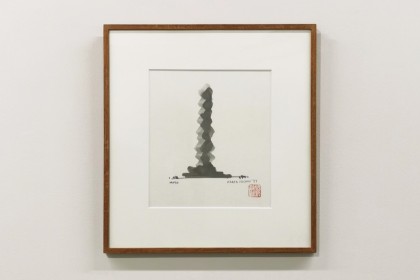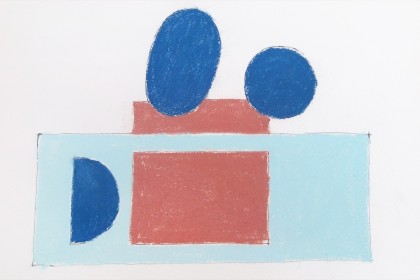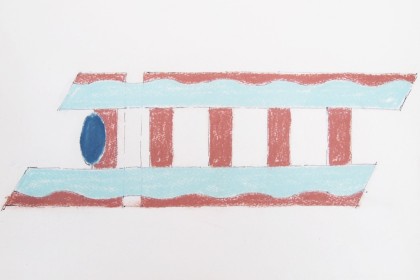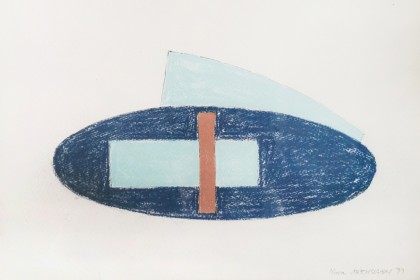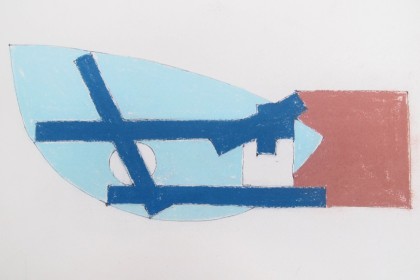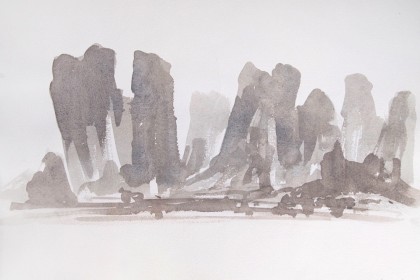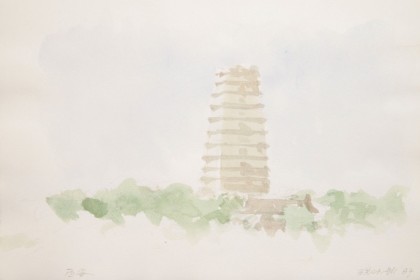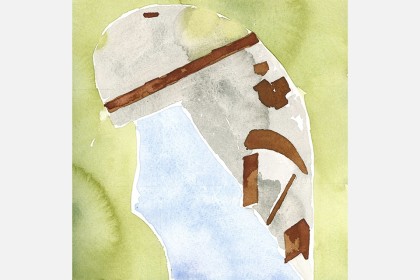As an architect, Isozaki works on architecture and urban planning projects around the world, including Europe, America, the Middle East, Central Asia, China, and Japan. However, the thoughts that inspire his work come from outside architecture. His conceptual process has habitually transcended the framework of architecture to involve areas such as philosophy, art, design, music, movies, and theater, creating solutions that blend different periods and geographical regions. To Isozaki, drawing a line, regardless of whether it is for an architectural sketch or for a record of his travels, may be the moment when the first inkling of a new thought is produced.
Swapping his camera for a sketchbook as his traveling companion, Isozaki penciled the outline of the Santa Maria Novella in Florence, capturing his personal view of the church, and sketched the karst topography of Guilin from a boat, like a bunjin who, instead of settling in one place, traveled around in a calligraphy boat that became his studio and gallery. Delighted by the vividness of pastel pigments, he used them to draw his proposal for the Donau City Twin Tower in Vienna. And his use of watercolors for projects in China from 2000 onwards represents a homage to the bunjin realized through his own architecture.


